Introduction
Beacon lights are essential components in industrial settings, providing visual alerts for various situations. The color of a beacon light conveys specific information about the level of urgency and required action. This guide will delve into the meaning of different beacon light colors, focusing on the IEC 60073 standards and industry best practices.
Red Beacon Light
A red beacon light is the most critical signal, indicating an emergency or hazardous condition. It demands immediate attention and action.
Example: Fire, equipment malfunction causing hazardous fumes, or a chemical spill.
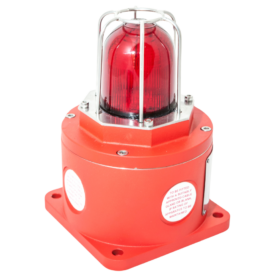
Yellow Beacon Light
A yellow beacon light signifies a warning or cautionary situation. It suggests that a potential problem may arise if not addressed promptly.
Example: Overheating equipment, low fluid levels, or abnormal sensor readings.
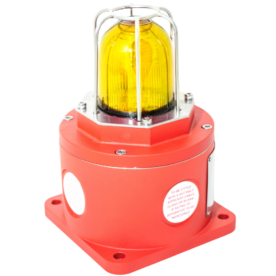
Green Beacon Light
A green beacon light generally indicates a normal or safe operating condition. It signifies that the equipment is functioning as expected and no immediate action is required.
Example: Equipment is ready for operation, process is within normal parameters, or safety interlocks are engaged.
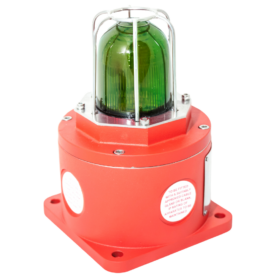
Blue Beacon Light
While less common, a blue beacon light often indicates a specific action required by the operator, distinct from the signals of red, yellow, or green. It’s essential to define the specific meaning of blue lights within your facility or industry.
Example: Requiring manual intervention, initiating a specific sequence, or indicating a maintenance request.
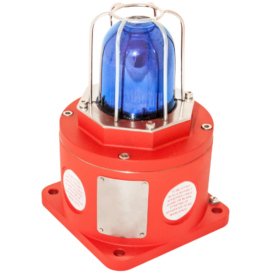
Purple Beacon Light
In certain industries, particularly oil and gas, purple beacon lights may be used as an alternative to red, signaling an emergency or evacuation.
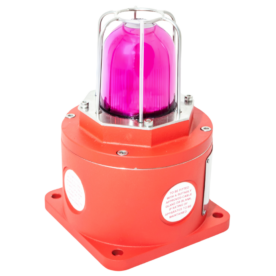
Clear/White Beacon Light
A clear or white beacon light lacks a specific meaning and should be avoided for safety signals. Its primary purpose is to provide visibility without conveying a specific message.
Example: Major equipment failure, fire, or hazardous gas release.
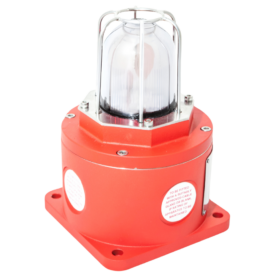
Conclusion
Understanding the meaning of beacon light colors is vital for effective communication and safety in industrial environments. By adhering to standards and best practices, you can ensure that personnel respond appropriately to visual alerts.
Note: While this guide provides general information, it’s essential to establish clear and consistent color meanings within your organization to avoid confusion.


